Digital Poster
Joint Imaging
ISMRM & ISMRT Annual Meeting & Exhibition • 10-15 May 2025 • Honolulu, Hawai'i

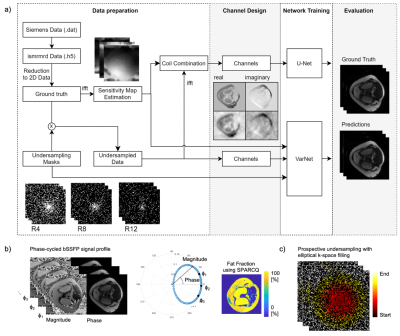 |
Computer Number: 65
3088. Deep
Learning Image Reconstruction of Accelerated 3D Cartesian
Phase-Cycled bSSFP for Quantitative Mapping
M. Gilsing, B. Açikgöz, L. Feng, C. Gräni, J. Bastiaansen,
E. Peper
Inselspital, Bern University Hospital, University of Bern, Bern, Switzerland
Impact: The need for accelerated acquisitions in
phase-cycled bSSFP significantly prolongs reconstruction
times, necessitating efficient reconstruction techniques.
This study demonstrates that deep learning achieves a
feasible 20s reconstruction time while maintaining accurate
fat fraction measurements in the knee of three volunteers.
|
|
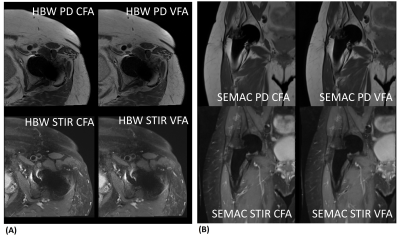 |
Computer Number: 66
3089. Time
and SAR efficiency in Imaging of Metal Orthopedic Hardware
Utilizing Optimized Turbo Spin Echo Sequences
M. Keerthivasan, M. Bruno, J. Fritz, I. Khodarahmi
Siemens Medical Solutions USA Inc, New York, United States
Impact: Metal artifact reduction sequences that utilize
the proposed variable flip angle framework result in lower
SAR and scan time without any loss in image quality.
|
|
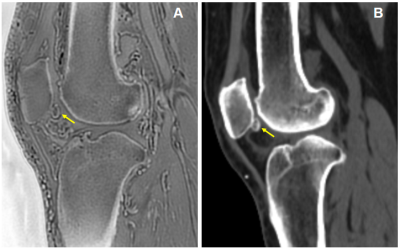 |
Computer Number: 67
3090. Qualitative
Assessment of Knee Joint Osseous Abnormalities Using 7T Zero
Echo Time MRI: A Comparison with CT
M. Zhang, J. Tang, X. Zhang, B. Zhang, H. Liang, Z. Li
West China Hospital, Sichuan University, Chengdu, China
Impact: This study highlights 7T ZTE as a promising,
non-invasive, and radiation-free alternative for evaluating
knee joint bone abnormalities, potentially enhancing
clinical diagnostic accuracy and patient safety.
|
|
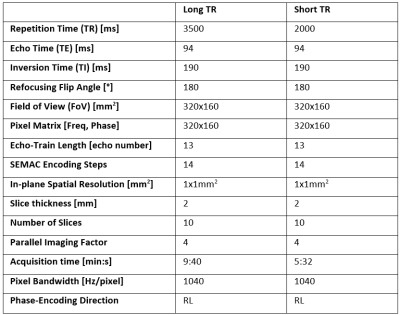 |
Computer Number: 68
3091. Enhancing
fluid signal in short-TR, STIR-prepared Slice Encoding for Metal
Artifact Correction (SEMAC) imaging of a total hip arthroplasty.
C. von Deuster, J. Deck, R. Sutter, D. Nanz
Siemens Healthineers, Zurich, Switzerland
Impact: This innovation promises to improve the
diagnostic accuracy in assessing patients with loosened
implants by shortening scan times of Slice Encoding for
Metal Artifact Correction (SEMAC) sequences under
preservation of fluid-signal intensity while providing even
increased fluid-tissue contrast.
|
|
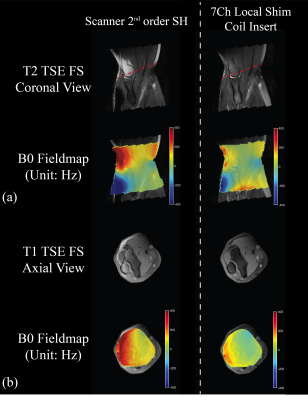 |
Computer Number: 69
3092. Improving
Fat Saturation in Upper Extremity MRI with a Local Shim Coil
Insert
Z. Long, N. Binesh, A. Malagi, Y. Shang, L-T Huang, J.
Zepeda, F. Michael Serry, D. Li, H-J Yang, H. Han
Weill Cornell Medicine, New York, United States
Impact: A simple and practical hardware solution to
enhance Fat-Sat in musculoskeletal MRI for off-isocenter
regions has been developed and tested, expanding MRI
accessibility for a broader range of patients.
|
|
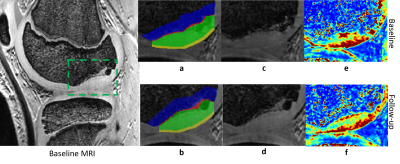 |
Computer Number: 70
3093. Assessing
the healing of juvenile osteochondritis dissecans lesions
quantitatively with a 7T 3D MRI sequence and T2* mapping
S. Bachigari, R. Raikar, M. Newcome, A. Kajabi, B. Burg, M.
Tompkins, J. Ellermann, E. Hedayati
University of Minnesota, Minneapolis, United States
Impact: We found that JOCD lesions can be differentiated
as healers or non-healers, as early as 3 months, by
utilizing T2* mapping with 7T MRI. Previously, this was not
possible at the 1.5T and 3T standards widely used by
clinicians.
|
|
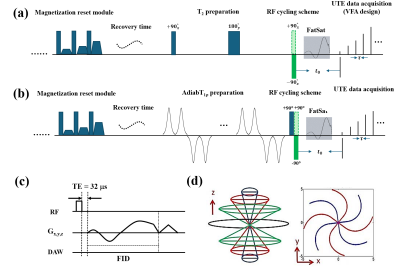 |
Computer Number: 71
3094. Acceleration
of Phase-Modulated UTE Sequences for Fast T2 and T1rho Mapping
of Knee joints
J. Athertya, D. Moazamian, A. Suprana, J. Lo, S. H. Shin, J.
Wang, N. Shojaeiadib, S. Jerban, C. Chung, E. Chang, J. Du,
Y. Ma
Department of Radiology, UCSD, San Diego, United States
Impact: The accelerated PM-UTE technique enables fast
and accurate measurement of both short and long T2 tissue
components in the human knee joint, showing strong potential
for clinical translation in the quantitative assessment of
osteoarthritis.
|
|
 |
Computer Number: 72
3095. Super-resolution
reconstruction of Knee MRI at 3T and 7T based on the Hybrid
Attention Transformer
P. Chen, L. Xu, B. Pan, J. Li, X. Yang, Y. Wang, W. Chen, L.
Qian, N-j Gong, W. Chen
7T Magnetic Resonance Translational Medicine Research Center, Department of Radiology, Southwest Hospital, Army Medical University (Third Military Medical University), Chongqing 400038, China., Chong Qing, China
Impact: This study demonstrates the potential of
accurately identifying and characterizing peripheral nerve
pathology in the extremities utilizing 3D DESS and PD-TSE FS
sequences at 7T MR.
|
|
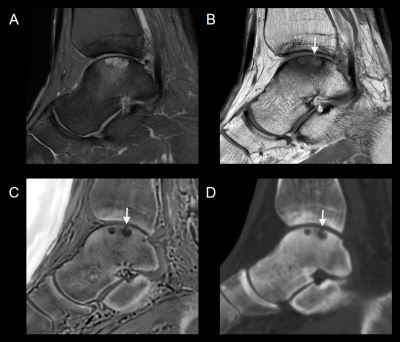 |
Computer Number: 73
3096. Application
of 7T zero echo time MRI in assessing the osteochondral lesions
of talus: a feasibility study
Y. Zhang, Y. Zhang, M. Zhang, Z. Ye, H. Liang, B. Zhang, Z.
Li, J. Tang
West China Hospital of Sichuan University, Chengdu, China
Impact: This research paves the way for non-invasive,
radiation-free imaging of OLT, enhancing surgical planning
and patient safety. Future investigations can explore ZTE’s
application in other joint diseases, potentially
transforming diagnostic protocols in vulnerable populations.
|
|
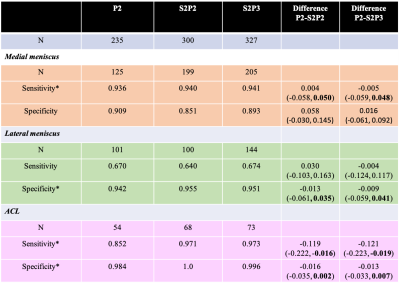 |
Computer Number: 74
3097. Non-inferiority
assessment of accelerated knee MRI protocols in routine clinical
practice
P. Johnson, S. Dogra, M. Westerhoff, J. Fritz, D. Lin, M.
Recht
Bernard and Irene Schwartz Center for Biomedical Imaging, Department of Radiology, New York University Grossman School of Medicine, New York, United States
Impact: This study demonstrates that accelerated knee
MRI protocols can maintain diagnostic accuracy for meniscal
and ACL tear detection, supporting their use in clinical
practice to improve efficiency without compromising patient
care.
|
|
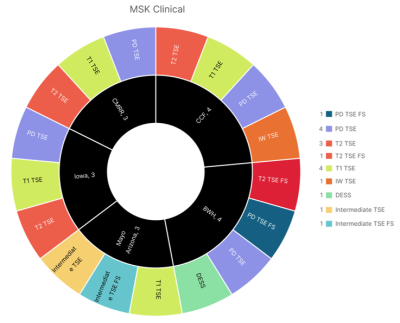 |
Computer Number: 75
3098. 7T
Translational Alliance of North America (7TANA) Musculoskeletal
Protocol Survey – State-of-the-Art and Potential Towards a
Common Protocol
A. W. Kajabi, E. Hedayati, S. Zbyn, X. Li, K. Amrami, A.
Fagan, S. Fahrenholtz, R. Regatte, K. Ohashi, S. Smith, D.
Wang, J. Ellermann
University of Minnesota, Minneapolis, United States
Impact: Despite notable differences in hardware and
software across the 7T sites, developing a common protocol
through community consensus is achievable. These protocols
will be accessible on the 7TANA website (www.7TANA.org) to
promote the translation of 7T MRI into clinical practice.
|
|
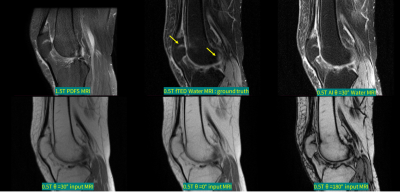 |
Computer Number: 76
3099. Single
PD-FSE Knee MR Image Transformation Into Water, Fat and Field
Inhomogeneity Images at 0.5T
H. Agarwal, H. Yang, U. Patil, L. Ferenczi, G. Avinash, R.
Venkatesan
GE HealthCare, Bangalore, India
Impact: Proposed method can reduce the acquisition time
to obtain fat suppressed MRI at low field strength.
|
|
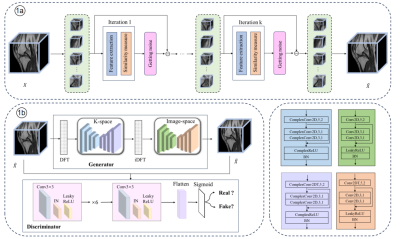 |
Computer Number: 77
3100. Feasibility
and Clinical Utility of Deep Learning-Based Composite
Super-Resolution Reconstruction for Knee MRI
X. Zhu, J. Shi, J. Ye, W. Huang, W. Xia, Z. Bao
Northern Jiangsu People's Hospital, Yangzhou, China
Impact: The practice of deep learning-based
super-resolution reconstruction would be beneficial for knee
MRI overall diagnostic quality and efficiency, further
enhancing patient comfort and clinical workflow.
|
|
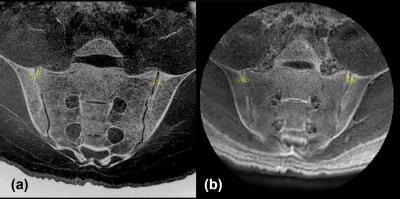 |
Computer Number: 78
3101. Comparison
of MR Cortical Bone Imaging for the Assessment of the Sacroiliac
Joint: FRACTURE ( 3D Gradient Echo Sequence ) vs BoneVIEW ( UTE
Sequence )
M. Hase, T. Nozaki, M. Arai, J. Tsuzaki, Y. Tsujioka, H.
Mori, K. Hase, R. Tsukada, D. Ito, T. Habe, H. Sakata, M.
Yoneyama, Y. Yamada, M. Jinzaki
Keio University school of medicine, Tokyo, Japan
Impact: Clarifying the differences between FRACTURE and
BoneVIEW deepens understanding of each sequence and may lead
to improvements that optimize their clinical applications
for more accurate and effective sacroiliac joint assessment.
|
|
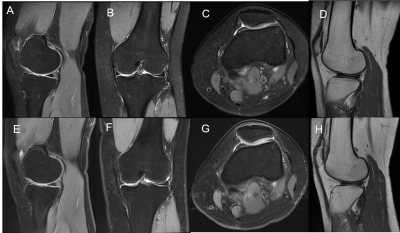 |
Computer Number: 79
3102. Clinical
Application of 5T Ultra-high-Field Knee MRI: A Comparative Study
with 3T MRI
S. Liu, H. Yuan
Peking university third hosipital, Beijing, China
Impact: The 5T MRI shows potential for small joint
imaging with strong artifact control and fat suppression.
Further research is needed to enhance 3D PDWI sequence
quality.
|
|
 |
Computer Number: 80
3103. Transformer-based
fast image reconstruction for high fidelity MR knee imaging: an
evaluation study
Y. Zhang, Z. Xu, J. Qi
GE Healthcare, Beijing, China
Impact: This transformer-based method offers a promising
solution for faster MRI reconstruction, potentially
improving clinical efficiency and outcomes in
musculoskeletal imaging.
|
The International Society for Magnetic Resonance in Medicine is accredited by the Accreditation Council for Continuing Medical Education to provide continuing medical education for physicians.